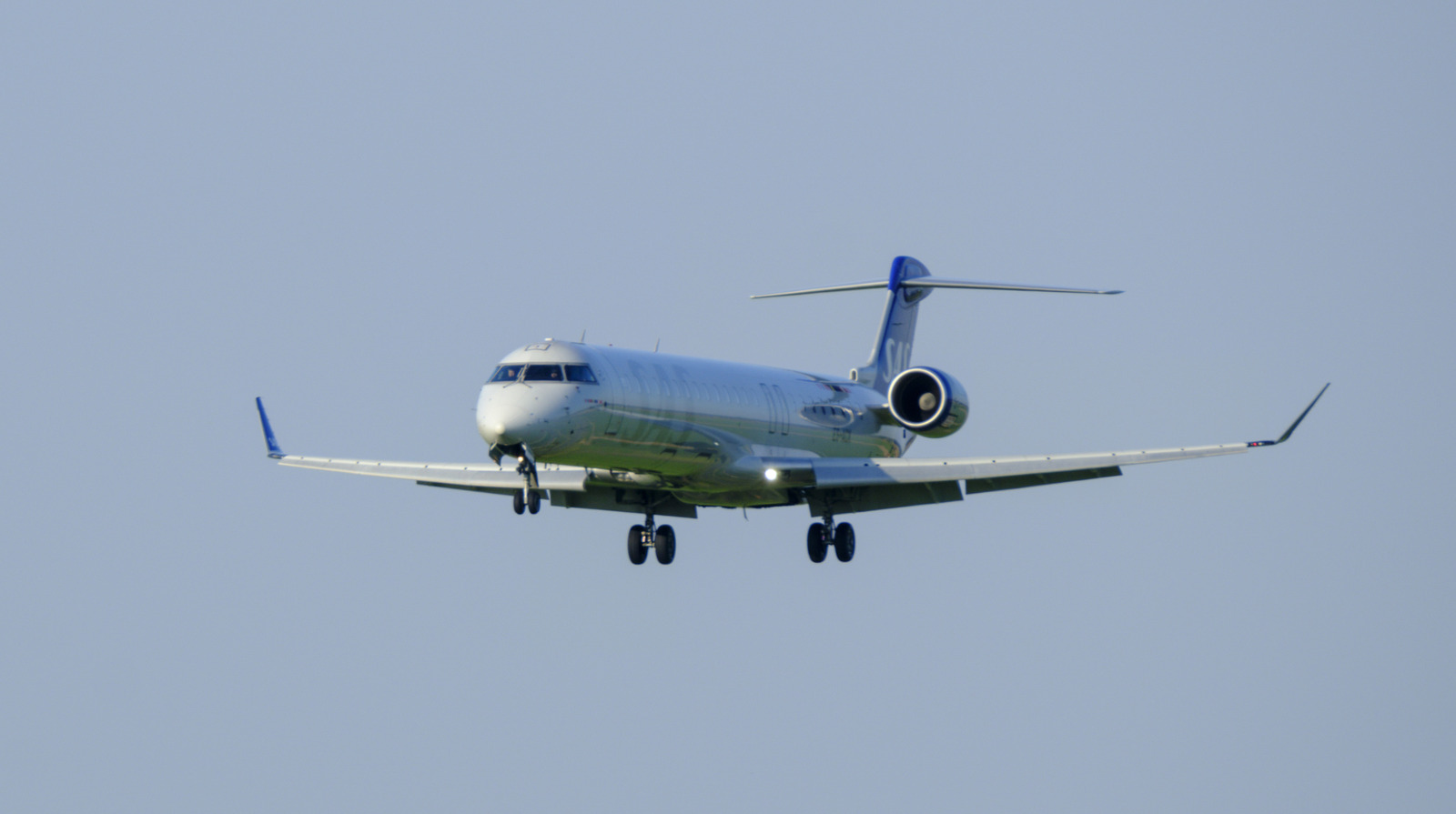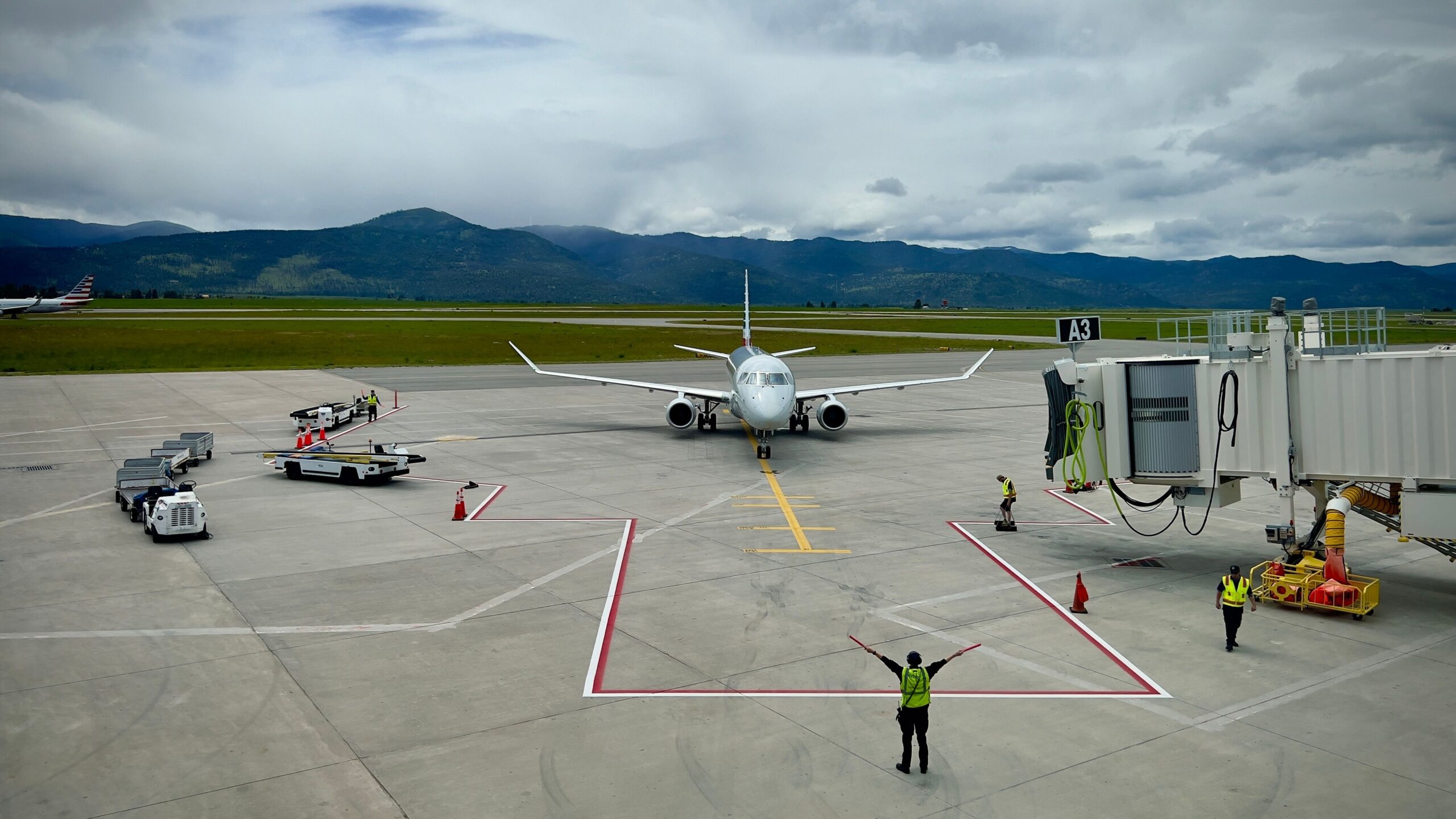Flying is something that a lot of people have to do, whether it’s to get to their holiday destination or for a work trip. Many people are fascinated with flying and enjoy taking to the skies but there’s no denying that the entire experience can feel outdated and uncomfortable.
Advertisement
A big part of that is simply due to the fact that aircraft have long operational lifespans, meaning that they remain in service much longer than most other forms of technology. It’s very expensive to upgrade a commercial plane with the latest tech, so airlines often wait until purchasing new ones before adding much-requested features. Yet, important fresh technology still finds its way to passenger jets eventually as airlines compete to attract customers.
With that in mind, let’s look at some high-tech features and gadgets that could be introduced in the near future to airplanes to make flying better than ever before.
Wireless charging
A lot of people who fly on passenger jets to travel around the world rely on their personal electronic devices to provide a distraction. But if your flight that lasts more than a few hours, there’s a good chance the battery on your device will drop to very low levels, maybe even run out of power entirely.
Advertisement
Many modern aircraft come equipped with USB ports on seats to help with this problem. However, some difficulties with this system, can make physical cables impractical. For example, your charging cord might use USB-C, rather than USB-A, leaving you with no way to charge your smartphone or tablet.
A possible solution to this problem is wireless charging. Rather than rely on cables, wireless charging depends on close proximity between two devices that can then transfer power through radio waves. With wireless charging, you won’t have to mess around with physical connections where wires might get tangled or in the way. Most modern devices also support wireless charging so compatibility should not be as big an issue. It could also free up some space in your carry-on for more important items.
Advertisement
Free high-speed internet
We now consume more of our content via streaming than ever before. A strong and reliable internet service is vital, whether you want to listen to music or binge the latest Netflix series. This isn’t usually an issue during everyday life, but in certain circumstances it can be a huge pain. On aircraft, internet access is often non-existent. Some airlines have made efforts to provide Wi-Fi services, but these are often patchy at best, in addition to being overly expensive.
Advertisement
Most flyers have to plan exactly what content they want in advance, and download it in preparation. Advancements and new tech like Elon Musk’s Starlink internet may make high-speed connections possible. This could provide fast and reliable connections so you can stream all of your entertainment and even be able to use social media apps or messaging services while in the air. Considering the price of air travel, throwing in this type of internet service for free would seem reasonable as well.
Massage seats
If there is one thing that everyone who has ever flown can agree with it is that air travel isn’t exactly comfortable. While some airlines provide more generous legroom and have slightly more cushioned seating, unless you’re traveling in first class there’s a good chance you’ll be glad to get up and start moving by the end of the flight. However, there are some things that airlines could do to help combat aches and pains for customers.
Advertisement
One potential idea would be for passenger jets to be outfitted with new seats that take advantage of innovative materials. “Currently, seats are standardized partly for safety reasons,” explained futurist Dr Melissa Sterry in an easyJet report looking at the future of air travel. “But innovation in materials science will see the creation of lighter yet stronger materials, for a tailored comfort experience at the same time as maintaining safety.”
This might result in seats that act like memory foam pillows to better suit your body type and provide extra support. Another welcome addition would be the ability to have massage seats that can give an extra layer of comfort by keeping you relaxed and limber as you fly.
Advertisement
VR headsets
There’s no getting around the fact that flights can be incredibly tedious, but also a little overwhelming, with many noises and visual distractions grabbing your attention all at once. That can make sitting down and listening to music or watching something on your phone difficult. Imagine if there was a way to block out all those diversions and keep yourself entertained at the same time. That might well be possible in the future if airlines decide to implement virtual reality headsets so that customers can be fully immersed in whatever activity they want.
Advertisement
While virtual reality may still be a young technology, there are still some VR headsets right now that are worth buying. The technology behind these devices is only going to become more advanced and cheaper in the next decade or so. In fact, it is likely to reach a point where virtual reality becomes a larger part of our everyday lives. If that does become the case, it is feasible that jets could have VR headsets for passengers that replace the infotainment screen we are accustomed to with something far better and more involved.
Smart lighting
At the moment, there’s very little way you can personalize the flying experience. Sure, there’s a reading light, but that isn’t exactly a way to create your own space. However, if airlines are willing to invest in smart lighting in the future, it could give passengers a little extra control over their environment.
Advertisement
Smart lighting has become a prominent way for people to customize their homes. Light bulbs from well-known smart lighting brands allow users to control the brightness and color through connected devices such as smartphones. This could be translated to aircraft, allowing each passenger to set an atmosphere that best suits them when flying without becoming too distracting for other flyers.
There’s also evidence that jet lag can be reduced with use of specific lights. Some aircraft now utilize LEDs to mimic the natural light outside in an attempt to help passengers maintain a stable body clock, reducing the effects of jet lag and helping them acclimate to different time zones quicker. If evidence can prove these positive benefits, smart lighting is something that should be rolled out to all long distance flights.
Advertisement
Windowless cabins
A perennial argument for any frequent flyer is whether to sit in the aisle or window seat. It can be a particularly problematic if your friends, family, or partners want the same seat. There’s advantages to both, one means you don’t have to be disturbed and move out of the way of people going to the toilet, while the other provides easy access for you to get up without having to annoy other passengers. The window seat might also allow you to take in some interesting sights — although this is usually limited as there’s not much to see at altitude.
Advertisement
A potential future innovation could drastically improve the visuals for every single passenger on board the aircraft and help end the discussion over who gets the window seat. Rosen Aviation has proposed a new cabin design known as the Maverick Project, which aims to replace physical windows and integrate a virtual screen that covers the interior surface of the aircraft. This could then display much more immersive visuals on large high definition screens, giving unmatched views of landmarks and natural beauty spots. These screens could even provide information about what is being shown on the screen, enhancing the viewing experience with useful details.
Smartphone remote controls
Anyone who uses the latest must-have smart home devices in their house will know that one of the best things about these internet-enabled pieces of tech is the ability to control them all from one place. Typically, a common device such as a smartphone or tablet acts as a hub for all the other smart equipment. That means you can control everything from your central heating to what’s playing on your television from the same place with just a few button presses. It is technology that is well established and works efficiently, meaning that it should be easily transferred to other settings — such as passenger jets.
Advertisement
At the moment, controlling in-flight entertainment display screens is usually done with a clunky remote control that is attached to the seat or via a touch screen. Unfortunately, these systems are often slow and difficult to navigate. A way around this would be to allow passengers to use their smartphone like they might at home. Pairing the device via Bluetooth or another wireless connection system to the in-flight entertainment screen would allow users make selections and control entertainment intuitively on a device they are very familiar with. Another useful function would be to allow flyers to choose their food or contact flight staff directly from their smartphone.
Tablet in-flight entertainment systems
There are a lot of impressive gadgets that you can take on long-haul flights to make the entire experience better, from game consoles like the Nintendo Switch to laptops and tablets. Yet, you might not always want to carry around a lot of tech every time you fly, or you might simply prefer to utilize the in-flight entertainment systems. After all, these digital screens often have some of the latest movies and television shows that you can watch at your leisure.
Advertisement
The only issue with these in-flight entertainment screens is that they are stuck to the back of the chair of the passenger in front of you. If they move frequently it might shake the screen in a distracting way or if they choose to recline their seat it might make the viewing angle uncomfortable. This issue could be solved by making the in-flight entertainment screen a tablet you can remove from the seat and hold in your hands.
It may need a cable to stay connected (and prevent theft), but this change would allow passengers to get the screen into a cozy position that best suits them, rather than having a one-size-fits-all approach.
AAA gaming
There’s nothing quite like getting stuck into a good video game to pass the time. Sure, movies and television can be great, but the interactivity and longer length of games make them an ideal choice for long flights. Systems like the Nintendo Switch and Steam Deck make perfect travel companions for this very reason, but not everyone owns a portable gaming console or has the spare cash to buy one. In those circumstances, it would be great if passenger jets came with the ability to play video games directly through the in-flight entertainment system screens.
Advertisement
If high-speed internet is available, gaming could be achieved through streaming thanks to services such as Xbox Game Pass. However, it is also possible that in the future technology could allow aircraft to have dedicated hardware that allows passengers to play games from their seats. Obviously, airlines might not want to provide controllers to passengers as this would be expensive and they would be liable to go missing either purposely or accidentally. However, many gamers will have wireless gamepads they could bring with them and there’s no shortage of great mobile gaming controllers available that could be paired.
Climate controlled seats
It is really easy to get too warm or too cold when flying. After all, the atmosphere is very different in a pressurized cabin and it can be difficult to know exactly how you should dress, especially when there’s so many people packed together tightly. At the moment, there’s only so many things you can do to make yourself comfortable at the right temperature. You can wear extra layers when you are cold or rely on the small fan above your seat to help cool you off, but neither technique is particularly effective.
Advertisement
A welcome addition to many people’s flying experience would be climate controlled seats. Think of heated seats in cars and then imagine they are installed on passenger jets. They would be much more effective at keeping passengers warm in cold environments by providing heat directly to their bodies. Meanwhile, some companies have experimented with seats that can create a cooling effect by pulling in air and circulating it around the passenger as they sit down. Such a system would effectively allow flyers to create their own micro environments without affecting those around them.



